Hillsborough disaster: Expert criticises ambulance response
- Published
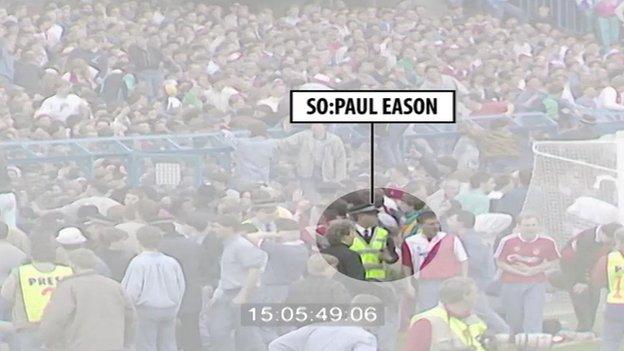
Paul Eason and a colleague were said to be the "eyes and ears" of the ambulance service control room
The ambulance service's initial response to the Hillsborough disaster was "woefully inadequate", a jury has heard.
Expert paramedic David Whitmore criticised how a senior ambulance officer failed to look into the pens where Liverpool fans were dying.
Station Officer Paul Eason previously told the inquests he did not realise a crush was happening on the terrace.
Ninety-six fans were fatally injured at the 1989 FA Cup semi-final.
Mr Whitmore also said carrying injured fans the length of the pitch to receive treatment risked making their injuries worse "or even death".
Mark George QC, who represents a group of bereaved families, said: "You've obviously looked at this in very great detail and the overall response from the ambulance service that afternoon, certainly for example the staff inside the ground at the very start, was woefully inadequate, wasn't it?"
Mr Whitmore replied: "At the beginning, yes, I'm afraid I have to say that, yes."
Failing to check what was happening during the crush on the Leppings Lane terraces fell below the standards of a "reasonably competent" medic, he said.
'A mistake'
Mr Whitmore was instructed by the coroner to give his professional opinion on how medics responded to the disaster.
Mr Eason and ambulance man Stephen Chippendale, who were stationed inside the ground, were the first staff from South Yorkshire Metropolitan Ambulance Service to walk towards the Leppings Lane pens.
But they said they did not look inside them and thus were unaware a serious crush had developed.
Mr Eason said that he feared fans were coming on to the pitch because of crowd disorder.
"I can understand why he initially may have proceeded down to the Leppings Lane area with that in mind," Mr Whitmore said.

Who were the 96 victims?
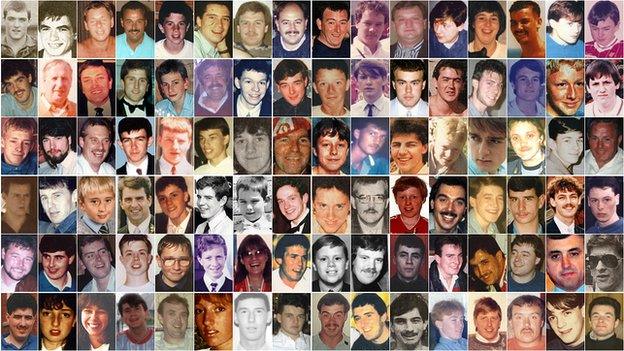
BBC News: Profiles of all those who died

"But he should have checked to see what actually was occurring - speak to the police service, speak to St John Ambulance, all of whom he knew were there, and also look in to the pens for himself, bearing in mind his own safety."
Christina Lambert QC, counsel to the inquest, said former Chief Ambulance Officer, Albert Page, described Mr Eason's "failure to establish for himself what was going on in the pens, either by looking or by speaking to those in the area of the pens, as a mistake".
Ms Lambert added: "Do you share that view that it was a mistake?"
Mr Whitmore replied: "Absolutely a mistake, yes. I would have expected those actions of any member of any ambulance service at that time."
Breathing difficulties
The witness agreed that 15:06 BST, the time the match was stopped, was the latest Mr Eason should have realised it was a major incident caused by a crowd crush.
The jury had previously heard that Mr Eason had problems with his radio but Mr Whitmore said that should not have been a "bar" to informing the ambulance service control of what was happening.
He said Mr Eason could have asked one of his colleagues to return to an ambulance and use its radio or send a messenger to either the police control box or the ground's gymnasium, which both had phone lines.
Mr Whitmore also criticised the use of the gymnasium as a casualty clearing area.
He said those caught in the crush were transported about 140m along the length of the pitch and into the gym for treatment.
Those caught in the crush were suffering from breathing difficulties and should have been treated as near to where they sustained their injuries as possible, he stated.
The assessment of their injuries should have taken place in a "sterile area" on the pitch near the Leppings Lane terrace or at the back of the terraces, he added.
Ms Lambert asked: "Would carrying casualties on their backs across the pitch to the gymnasium be associated with a risk of either making the injuries more serious or even death?"
"Unfortunately that is the case, yes," Mr Whitmore said.
That risk should have been recognised "by any reasonably competent ambulance officer," he added.
Mr Whitmore also faced questions from Jenni Richards QC, representing the Yorkshire Ambulance Service.
She pointed out that in his report Mr Whitmore had said that the disaster would have been "extremely challenging for even the most experienced of ambulance officers" and he had noted that those involved had "no personal experience" of major incidents.
Ms Richards said: "The staff who were there on the day would only have had minutes in which to realise what was happening and react before the situation was, to a considerable extent, beyond their control."
Mr Whitmore replied: "That's correct and it's also why I have hopefully stressed that they needed to fall back on the basics."
Ms Richards added that the decision to take casualties across the pitch was made by Supt Roger Greenwood, the senior police officer on the ground.
Mr Whitmore replied, saying that there was a "lack of initial communication between the police and the ambulance service".
The inquests continue.
- Published5 May 2015
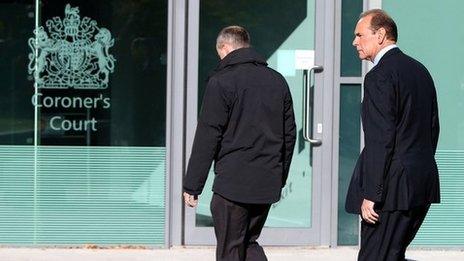
- Published30 April 2015
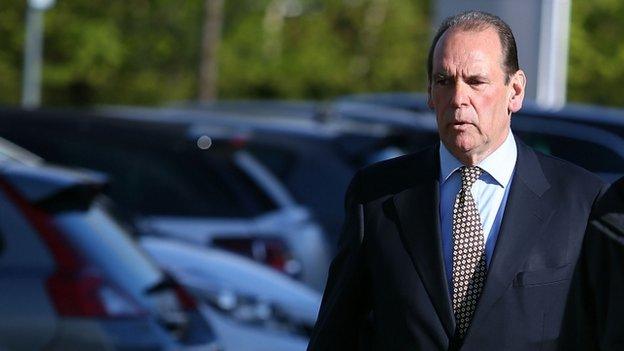
- Published29 April 2015

- Published28 April 2015
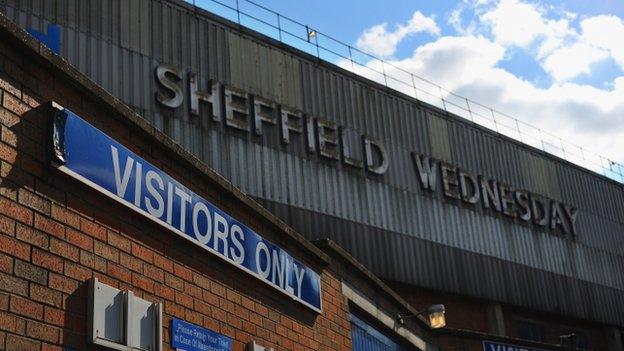
- Published27 April 2015
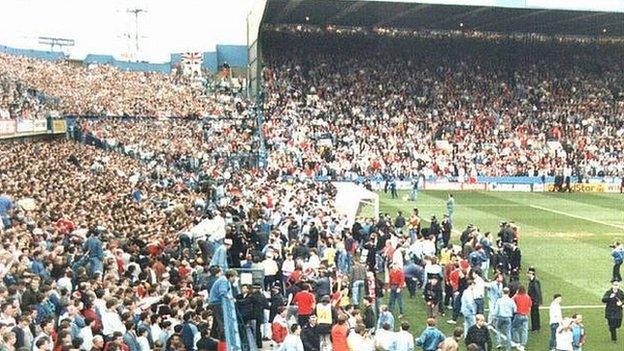
- Published22 April 2015

- Published4 March 2015
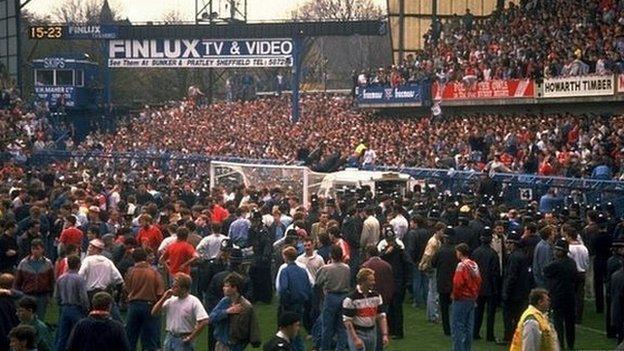
- Published2 March 2015
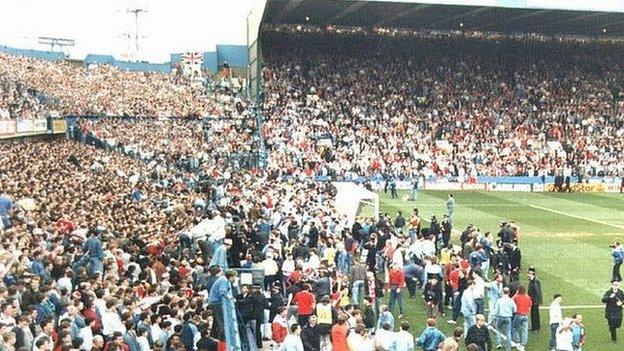
- Published2 March 2015
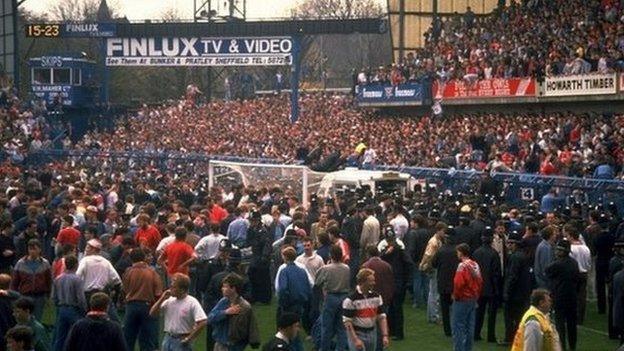
- Published26 February 2015
